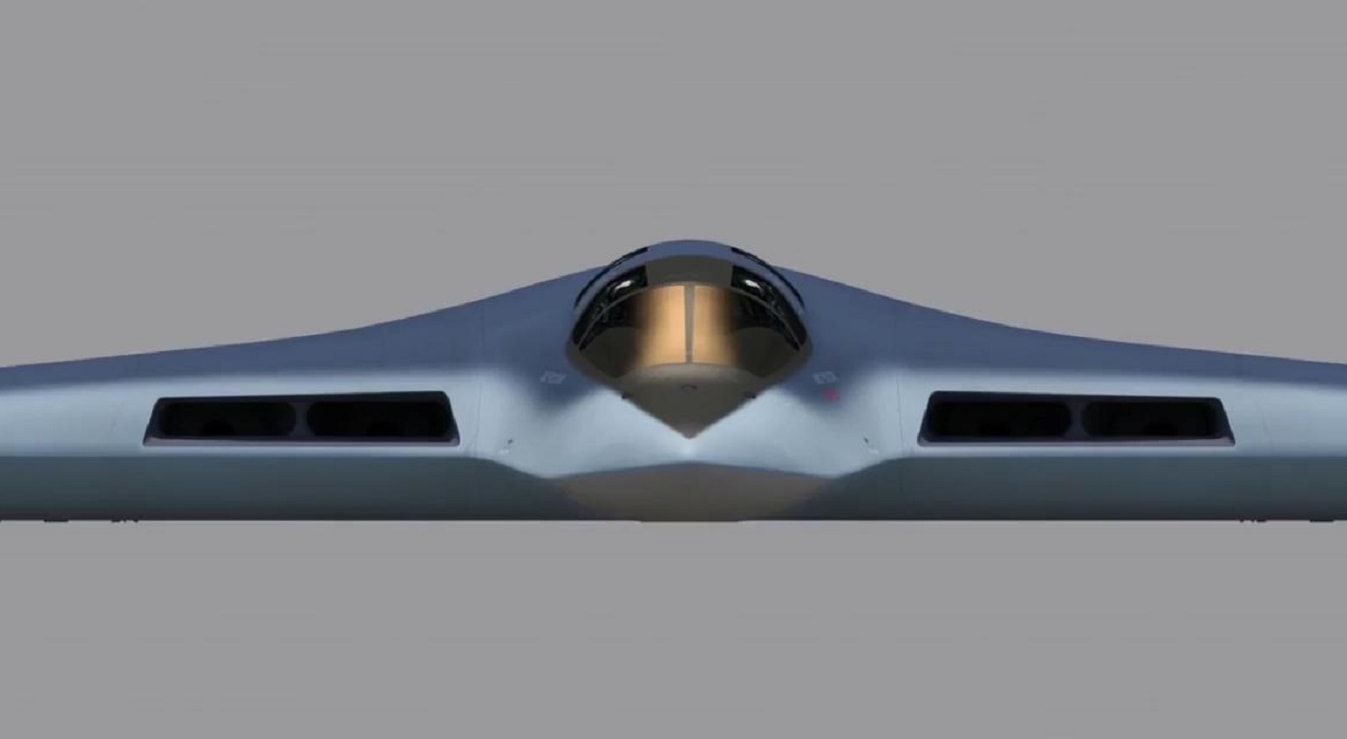Over the summer, Russian state media outlets suggested that prototypes of Russia’s PAK DA long-range bomber might enter production as soon as this year.
There is no official confirmation yet, but the PAK DA has reportedly been in the works since 2019, when a high-ranking minister approved the bomber’s design plan.
Since the onset of Russia’s invasion of Ukraine, sweeping international sanctions have stymied Moscow’s military production capabilities. Considering the dearth of weaponry and other equipment that already hampers Russian forces, prospects for a new stealth bomber seem dim.
However, as China’s own H-20 strategic bomber program progresses, the U.S. must consider the threat a Russian airframe with similar capabilities would pose.
Defining a Strategic Bomber
Strategic bombers are medium- to long-range airframes designed to drop large quantities of air-to-ground ordnance onto distant targets. Since these aircraft can carry hypersonic missiles, they do not need hypersonic or supersonic flight.
Strategic bombers are built to remain in the air long enough to release hypersonic missiles as threats emerge. It makes sense that Moscow is seeking to produce its own stealth bomber, considering America’s and China’s progress on their own programs.
However, the Kremlin often exaggerates claims about its military arsenal and capabilities, and its claims about the PAK DA program should be assessed accordingly.
A Brief History of Russia’s Strategic Bomber
The Kremlin’s quest for a next-generation long-range bomber dates back to the late 1990s. Following the dissolution of the former Soviet Union, the new Russian Federation began seeking an advanced bomber.
Over the next decade, the Tupolev Design Bureau was tasked with crafting the initial technical and tactical requirements for the next-generation airframe. Some industry experts believe that the new bomber will replace the Tupolev Tu-95 turboprop aircraft.
Specs and Capabilities
The new PAK DA will reportedly feature the same flying wing scheme that the Northrop Grumman B-21 Raider and the Chinese Xian H-20 bomber possess. Additionally, some reports suggest that Russia’s new bomber could sport technologies and other materials that reduce its radar signature.
Based on previously published Russian reports, the PAK DA might carry a payload in excess of 30 tons, a far greater number than what the B-21 can currently hold.
According to a 2021 TASS report, the next-generation bomber is expected to carry Kh-102 nuclear-tipped stealthy cruise missiles, in addition to various new hypersonic designs like the Kh-47M2 and its derivatives. In large part, information and intelligence surrounding the new bomber is shrouded in mystery.
The PAK DA’s competitors
America’s B-21 Raider remains under development as part of the Long-Range Strike Bomber program. Designed to replace the B-2 Spirit by 2040, the next-generation bomber is expected to feature striking new technologies.
Beijing is developing its own “B-2 copycat,” the Xian H-20. Based on China’s reports, the H-20 could introduce a new host of threats for America, as it may feature a longer range with more advanced capabilities than the B-21. Moscow’s quest for its own next-generation strategic bomber aligns with Beijing’s and Washington’s programs.
Maya Carlin, a Senior Editor for 19FortyFive, is an analyst with the Center for Security Policy and a former Anna Sobol Levy Fellow at IDC Herzliya in Israel. She has by-lines in many publications, including The National Interest, Jerusalem Post, and Times of Israel. You can follow her on Twitter: @MayaCarlin.

